Top Anti-Static Treadmill Mats

Treadmill mats, also known generically as anti-static treadmill mats or equipment mats, come in a wide variety of sizes and materials. They can vary greatly in quality from cheap, thin, easily ripped PVC mats to thick, durable, 100% rubber mats made in America.
There are dozens of other treadmill mats and equipment mats offered in the marketplace—as one can clearly see on Amazon—but for now, we’ve focused our attention on the under-treadmill mats most commonly sold by treadmill desk manufacturers. These three products constitute the classic “good, better, best” array, in which you get exactly what you pay for. In this product category, cost is generally linear with material quality and size.
Do I Really Need a Treadmill Mat?
One of the most common questions we get about treadmill desks is whether it is necessary to purchase a treadmill mat for them. After all, you’ll only be walking on your office treadmill at a slow pace of 1 to 2 mph, not pounding on it at a full run. The quick answer is that, yes, it is still highly advisable, both for maintaining the good working condition of your treadmill and for protecting your floors from damage.
Under-treadmill anti-static mats serve a number of purposes. A proper mat will:
- Prevent damage to the floor
- Provide shock absorption for the user and the treadmill
- Reduce vibrations
- Reduce noise in the office (and especially to the tenants below you)
- Keep dust and dirt out of the treadmill belt, thus reducing friction and power consumption
- Reduce the frequency of cleaning and lubrication of the deck
- Extend the useful life of your treadmill’s most expensive components
- Come with a substantial full-performance warranty to ensure it performs these functions reliably (though the vast majority don’t offer any warranty at all, which is very telling)
A good quality mat will also be:
- Made of 100% recycled rubber
- At least 1/4″ thick
- Properly sized for the footprint of your treadmill
- Made in the USA
Dimension Considerations for Treadmill Compatibility

Most mats are designed for larger gym equipment like running treadmills (very long) or elliptical machines (very wide), so their dimensions tend to be overly large compared to the footprint of an office treadmill. Besides looking ugly, they create a trip hazard and can run into the legs of your height-adjustable desk.
An ideal office treadmill mat will keep all four feet off the ground while having a short “tail” at the back end of the treadmill to make it easy to clean all the dirt—typically brought in on the bottoms of your shoe—that rolls off the end of your treadmill. (Experienced treadmill desk users often keep a special pair of comfortable walking shoes next to their treadmill desk in order to avoid introducing dirt from the outside.)
Any of the standalone treadmill bases we have reviewed—including the iMovR ThermoTread GT, Lifespan Fitness TR800/TR1200/TR5000, Rebel Desk 1000, and TreadDesk—will fit atop the LifeSpan (35″ x 78″ x 2 mm), Nike (36″ x 78″ x 4 mm) or iMovR mats (32″ x 72″ x 6 mm). Of the three, the iMovR RightSize mat is the only one designed just for this purpose and will leave the minimum exposed rubber in view.
Why Thickness Matters
Most mats are far too thin, sold as disposable items to people buying gym equipment for their home, which tends to end up in the garage or attic after a couple of months. Mats that are only 2 mm or 4 mm thick won’t provide as much shock absorption and won’t be as durable as higher-quality mats that are 6 mm (1/4″) thick. Anything thinner will provide minimal protection from noise, vibration, and damage to the floor. Also bear in mind that if placing your treadmill workstation on carpeting, a thin mat will likely tear.
Thinner mats have a tendency to curl at the edges over time—causing an even greater trip hazard—or develop deep impressions from the feet of the treadmill. If a mat is thick but made of cheap, low-density material, it will offer a too-soft surface, which can impose torsional stress on the treadmill frame and lead to a host of mechanical problems and shortened equipment life. For these reasons, skimping on the quality of the mat under your treadmill is absolutely the wrong place to save $10 or $20.
Why Materials Matter
Beware of mats made of PVC (vinyl); these are the cheapest, but they’re not made to last, and their manufacturing process is much more harmful to the environment. Most PVC mats are made in China, where the EPA isn’t around to enforce environmental laws. A good treadmill mat will be made of 100% rubber. A better treadmill mat will be made of recycled rubber (typically from tires). The best mats, like the models from LifeSpan, Nike, and iMovR, are also made in America. That goes for quality as well as environmental sensibility. If you read the user reviews on cheap treadmill mats offered on Amazon, you’ll also frequently read about them releasing unpleasant odors.
Treadmill mats get dirty, but some can be ridiculously hard to clean, and dust and footprints are not something you want in your office. You want a mat that can be easily cleaned without special chemicals. Better yet, getting a mat that is perfectly sized to your treadmill will keep all but a tiny surface area from being exposed so you don’t have to hassle with keeping it looking nice.
At the end of the day, even though a mat made in the USA from 100% recycled rubber will cost more, it should last years, which will save money, time, hassle, landfill space, and a whole lot of pollution.
Treadmill Mat Review Comparison
Below, you’ll find abstracts of each product review. Click on the product name to read the full review.
2. LifeSpan Treadmill Mat Review
A generic equipment mat, the LifeSpan Treadmill Mat is ironically not ideally suited for use with their own walking treadmills. It is too large in area, and about one-third of the thickness one would want. For $50 it is one of the few made of rubber (albeit not made entirely of 100% recycled rubber), manufactured in the USA. But for an office treadmill you’re better off with a thicker mat that’ll provide more shock and noise absorption; one that is properly sized so as not to interfere with the desk legs, create a potential trip hazard, or expose an unsightly perimeter of rubber around your treadmill base.
Price: $39.99
Discontinued Mats
At WorkWhileWalking we’ve been lab testing and writing reviews of ergonomic office furniture and accessories for over a decade. In that time, we have seen many of the products we reviewed fall by the wayside. This is inevitable due to the cycle of continuous improvement, with new models supplanting their predecessors. Of course in some cases products weren’t as competitive as they needed to be, or their manufacturers ran into financial challenges (which very much accelerated as a result of the post-pandemic economy).
For whatever reason, these products now fall into the discontinued category, but we will still keep their reviews published and available to read. Whether you want to know more about the desk, monitor arm, etc. that you bought years ago, need more info because someone is selling one second hand, or just want to compare current offerings with what was available in the past, these reviews will remain here for your reference.
1. Nike Grind Equipment Mat
Grinding up old shoes to serve a second life as a treadmill mat is brilliant, and we applaud it fully. However, the Nike Grind is an equipment mat designed for a gym environment. While it is thicker than flimsy 2 mm mats that are often sold as treadmill mats, it isn’t as thick as we’d like, it’s too large for any office treadmill base we’ve ever seen, and it has color flecks of old sneakers that make it just a bit gaudy for the office environment. The fact that no warranty is provided leaves us wondering how durable this mat will really be after a few years of use.
Price: $69.99

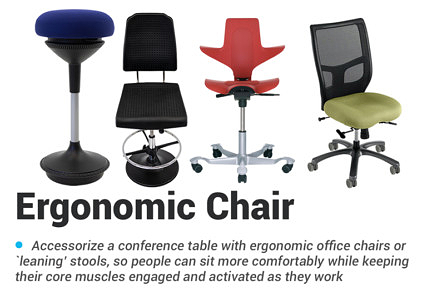
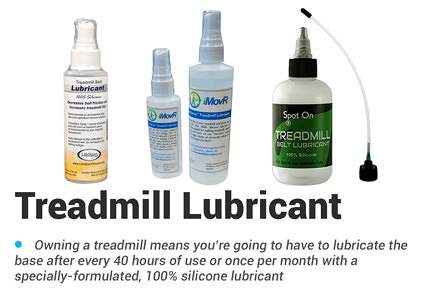
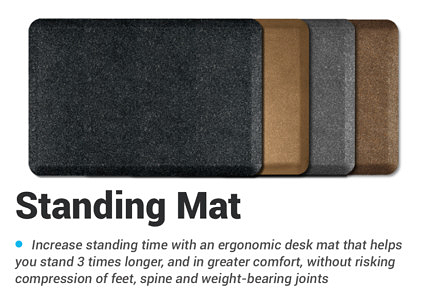
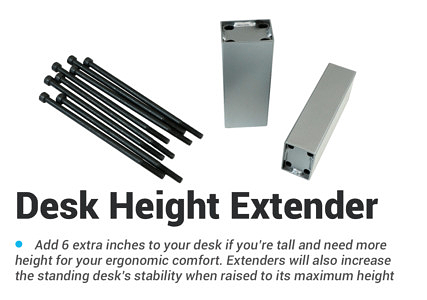
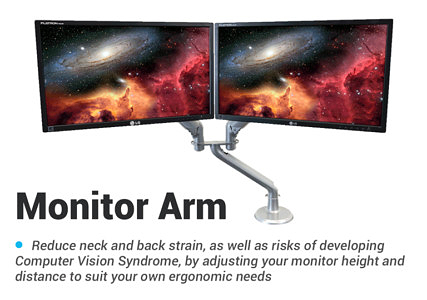
0 Comments
Leave a response >